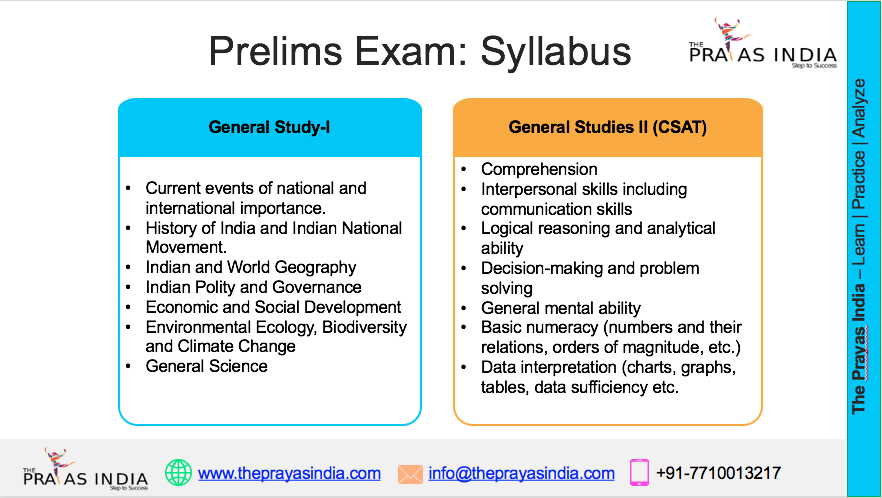Bank Nationalization Day: A Landmark Reform in India’s Economic History
Bank Nationalization Day, observed every year on 19th July, commemorates one of the most transformative events in India’s post-independence economic journey. On this day in 1969, the Government of India, under the leadership of then Prime Minister Indira Gandhi, nationalized 14 major private banks. This strategic policy move reshaped the Indian financial landscape, laying the groundwork for inclusive economic growth, rural development, and widespread financial accessibility.
For students preparing for UPSC, Banking, SSC, and MBA entrance exams, understanding this event is crucial as it intersects areas like Indian Polity, Economy, Governance, Public Sector Reforms, and Financial Inclusion.
Background: Why Bank Nationalization?
In the 1960s, India’s economy was still agrarian and struggling with poverty, inequality, and limited access to financial institutions. Most private banks catered to large industries and urban elites, neglecting small-scale enterprises, farmers, and rural populations.
The government believed that in order to achieve the objectives of the Five-Year Plans and promote socialistic patterns of society, it was essential to bring key banks under state control. The idea was to reorient banking services towards the marginalized sectors of the economy.
The 1969 Nationalization
On 19th July 1969, the Government of India issued an ordinance and nationalized 14 major private commercial banks, each with deposits exceeding ₹50 crore at the time. These banks included:
- Allahabad Bank
- Bank of Baroda
- Bank of India
- Bank of Maharashtra
- Central Bank of India
- Canara Bank
- Dena Bank
- Indian Bank
- Indian Overseas Bank
- Punjab National Bank
- Syndicate Bank
- UCO Bank
- Union Bank of India
- United Bank of India
Later, in 1980, another six private banks were nationalized, bringing the total number of nationalized banks to 20.
Objectives of Nationalization
The primary goals behind bank nationalization were:
- Financial Inclusion: Expand banking services to rural and semi-urban areas.
- Credit to Priority Sectors: Ensure flow of institutional credit to agriculture, small-scale industries, and weaker sections.
- Social Control over Banks: Align banking operations with national development priorities.
- Mobilization of Savings: Encourage savings from all income groups by establishing trust in public sector banks.
Impact of Bank Nationalization
- Expansion of Branch Network: The number of bank branches increased significantly, particularly in rural and semi-urban areas.
- Rise in Credit to Agriculture: Agriculture and allied sectors began receiving formal credit, reducing reliance on moneylenders.
- Development Financing: Banks began funding development projects, rural infrastructure, and poverty alleviation programmes.
- Employment Generation: The public sector banking system became a major source of formal employment in India.
- Increased Deposits: Public trust in banks grew, and nationalized banks witnessed a surge in deposits.
Criticisms and Challenges
While nationalization had several benefits, it also drew criticism:
- Political Interference: Decision-making became influenced by politics rather than commercial viability.
- Inefficiency: Many public sector banks struggled with profitability and became burdened with non-performing assets (NPAs).
- Lack of Competition: For years, limited competition led to complacency and stagnation in customer service and innovation.
Bank Nationalization and Current Affairs
Recent reforms in the Indian banking sector, such as bank mergers, privatization of select public sector banks, and the rise of digital banking, reflect a changing outlook. However, the foundation laid by bank nationalization continues to support India’s financial system.
For UPSC and other competitive exams, questions related to nationalization are asked in the context of:
- Indian economic reforms
- Public sector undertakings
- Government policies and interventions
- Financial inclusion and priority sector lending
Relevance for Students
At The Prayas India, students preparing for UPSC, Bank Exams, SSC, and other competitive exams are trained to understand historical economic reforms like bank nationalization and connect them with contemporary policy developments. Through our current affairs sessions, concept classes, and test series, we ensure aspirants grasp both the chronology and implications of such events.
Conclusion
Bank Nationalization Day is more than just a date in Indian history; it is a reflection of India’s commitment to inclusive economic development. The 1969 reform empowered millions by democratizing access to finance and continues to shape policy even today. Understanding this transformation is essential not only for exams but also to appreciate the evolution of India’s financial sector.


![Prayas-लक्ष्य [UPSC CSE Target] The Prayas India](https://theprayasindia.com/wp-content/uploads/2021/08/Prayas-लक्ष्य-UPSC-CSE-Target-The-Prayas-India-300x167.png)

![Prayas Pre-भेदश [UPSC CSE Prelims Test Series] The Prayas India](https://theprayasindia.com/wp-content/uploads/2021/08/Prayas-Pre-भेदश-UPSC-CSE-Prelims-Test-Series-The-Prayas-India-300x167.png)










